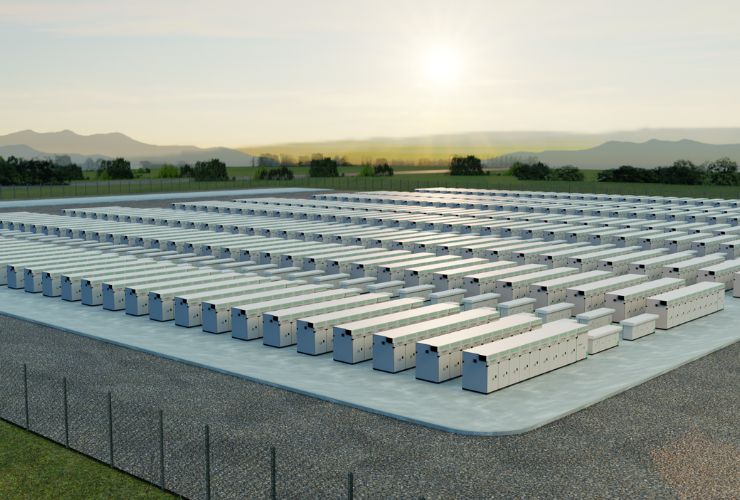
Fast read
Investments in new wind and solar projects in Australia have dropped significantly in the first half of the year, threatening the nation's renewable energy targets.
The Clean Energy Council reported that investment levels were the lowest in six years, with only four projects approved in the June quarter. While wind and solar investments have decreased, battery storage projects, like the Collie battery by Neoen, have seen a surge in interest.
Despite 108 ongoing projects, the rate of new investments remains below what's needed to achieve an 82% renewable energy share by 2030. The government's strategies in meeting these targets face increasing scrutiny.
Australia’s march towards green energy is hitting roadblocks as investments in new wind and solar projects plummet to historic lows in the first half of the year. This setback casts a shadow over the nation’s renewable energy goals. However, amidst the slowdown, battery storage projects emerged as the shining stars.
The Clean Energy Council’s latest quarterly report highlights a concerning stagnation in new wind and solar farm investments due to several obstacles faced by developers, despite strong political backing. This year’s first half experienced the slowest pace of investment approvals in the council’s six years of data tracking. Only four generation projects, contributing a total of 348 megawatts – roughly equivalent to the capacity of a single coal-fired power station unit – secured financial commitments during the June quarter.
This year saw an improvement in investment levels compared to the previous quarter, but they still operate at only half the pace of the rolling 12-month average, which stands just under 700MW. The combined value of investments for the four projects reached $225 million, a mere fraction of the 12-month average of $1.3 billion. Kane Thornton, Chief Executive of the Clean Energy Council, noted that
“Despite the current strong political support for clean energy transition, historical shortcomings in leadership, planning, and foresight have led to a series of barriers hindering progress.”
The situation contrasts in the realm of storage investments, particularly in batteries. Leading the pack is the Collie battery, set to be constructed by Neoen, boasting a potential capacity of 219MW and 876MWh. Additionally, the Waratah Super battery, with its impressive capacity of 850MW/1,680MW-hour, emerged as a frontrunner, accounting for approximately 50% of new storage projects that secured financial approval during the quarter.

Despite the presence of 108 generation and storage projects under financial closure or construction, the pace of new investments remains insufficient to meet the Albanese government’s implied target of achieving an 82% renewable energy share by 2030. Federal energy minister, Chris Bowen, emphasized that the previous government allowed 3GW of dispatchable power to vanish because of coal plant closures and did not replace this deficit with new clean energy capacity.
Bowen asserts: “Our unwavering commitment to climate, leadership, and policy certainty is yielding results, with $2 billion worth of storage projects entering the investment stage in Q2. The surge in storage investment underscores the government’s dedication to ensuring reliability as renewable generation surpasses 35%.
The report also underscores the challenge of meeting the government’s renewable energy target by 2030. Additionally, the fate of major power stations, including Eraring and Mount Piper, hangs in the balance as Australia navigates its transition to cleaner energy sources.